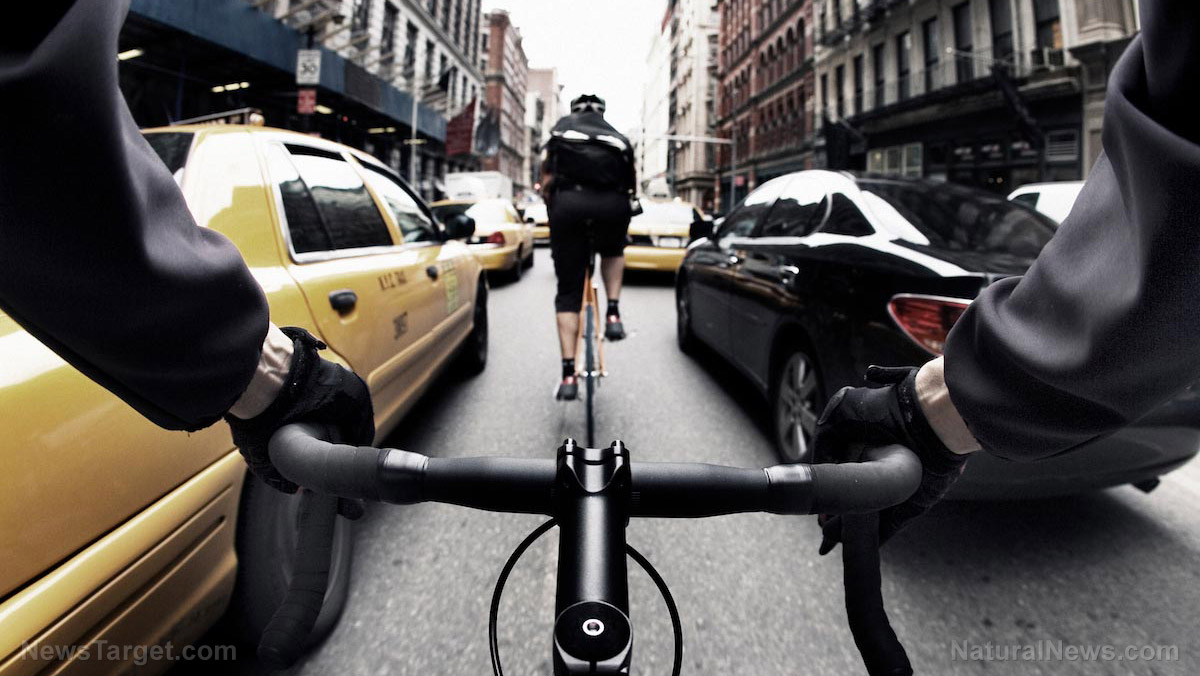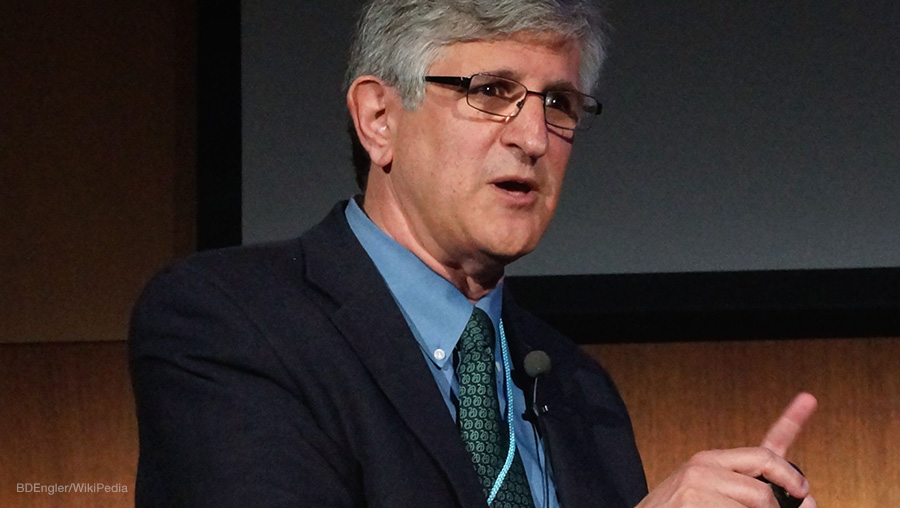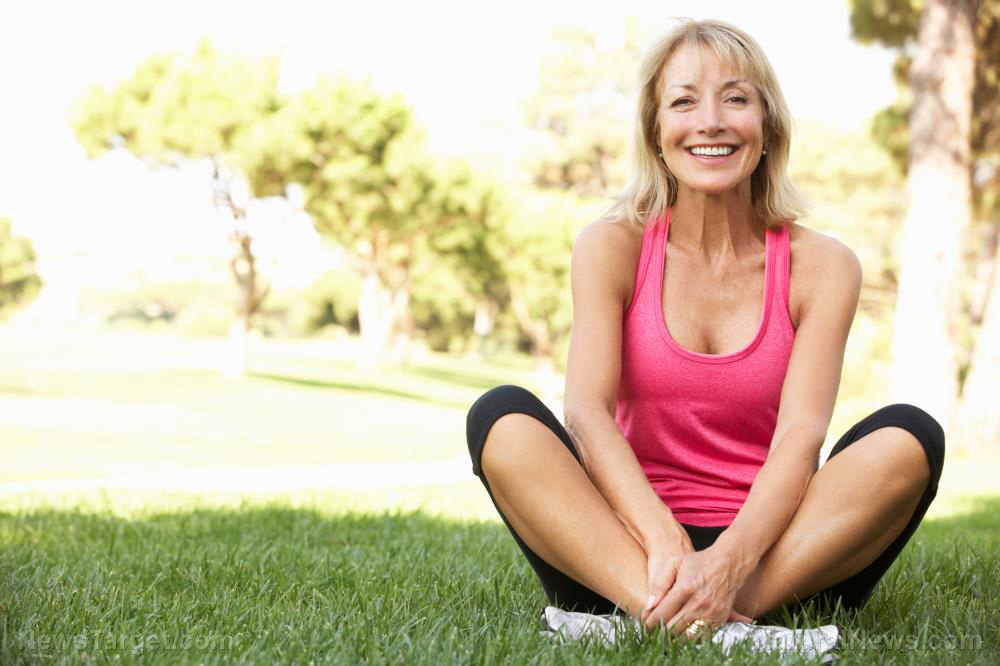Exercise vs air pollution: Study determines the health benefits of walking and cycling, even in cities with high levels of pollution, outweigh the risks
12/03/2017 / By Zoey Sky

According to a study, the health benefits of walking and cycling cancels out the negative effects of air pollution on health.
The results of the study revealed that even in cities like Delhi or London – which both have high levels of air pollution – the results were positive. The authors advised that policymakers can use this chance to update the planning of urban infrastructure.
With regular physical activity, individuals can drastically reduce their risk of diseases like diabetes, heart disease, and some kinds of cancer. To increase their levels of physical activity, people can engage in “active travel” (e.g. walking and cycling) more. However, there are those who expressed concern about the possible risk of exposure to air pollution while walking and cycling in urban environments. (Related: Cycling twenty miles a week cuts heart disease in half.)
Dr. Audrey de Nazelle from the Centre for Environmental Policy (CEP) at Imperial College London, a co-author of the study, explained, “When you cycle in a city you often end up inhaling more air pollution then if you hopped in your car or on a bus or train, and this has sometimes been used as an excuse by politicians not to promote active travel in polluted environments.”
For the study, the researchers used computer simulations to determine the risks and benefits for varying levels of intensity and duration of active travel, along with air pollution in different locations worldwide. With this data, the researchers found out that only one percent of cities in the World Health Organization’s (WHO) Ambient Air Pollution Database had pollution levels high enough that presented risks of air pollution that could overcome the benefits of physical activity after cycling every day for 30 minutes.
Mother Nature's micronutrient secret: Organic Broccoli Sprout Capsules now available, delivering 280mg of high-density nutrition, including the extraordinary "sulforaphane" and "glucosinolate" nutrients found only in cruciferous healing foods. Every lot laboratory tested. See availability here.
Dr. Marko Tainio from the MRC Epidemiology Unit at the University of Cambridge, who led the study, said, “Our model indicates that in London health benefits of active travel always outweigh the risk from pollution. Even in Delhi, one of the most polluted cities in the world – with pollution levels ten times those in London – people would need to cycle over five hours per week before the pollution risks outweigh the health benefits.”
Tainio continued, “We should remember, though, that a small minority of workers in the most polluted cities, such as bike messengers, may be exposed to levels of air pollution high enough to cancel out the health benefits of physical activity.”
However, the authors warned that their model does not include detailed information pertaining to “conditions within different localities in individual cities, the impact of short-term episodes of increased air pollution, or information on the background physical activity or disease history of individuals.”
They also cautioned that for individuals who are highly active in non-transport settings (e.g. recreational sports), the marginal health benefits from active travel will be smaller while the opposite is true for people who are less active than average in other settings.
Tips for beginner cyclists
If you’re interested in taking up cycling, consider the tips listed below before you brave the polluted roads in your city:
- Wear a helmet – At least 60 percent of all cycling deaths in the U. S. that occur every year are caused by head injuries. These deaths could have been prevented if more people wore helmets while cycling.
- Get a proper bike fit – Make sure bike is set up so that it fits your body to make riding much easier and more efficient. This will also minimize pain and soreness during and after the ride.
- Change position while cycling – Move your hands around on the bars, and change your position on the saddle. This can help keep your hands, arms, and rear from going numb after sitting in one position for a prolonged time.
You can read articles on how to be more active at Slender.news.
Sources include:
Tagged Under: city life, cycling, disease prevention, environment, exercise, health, physical activity, walking




















